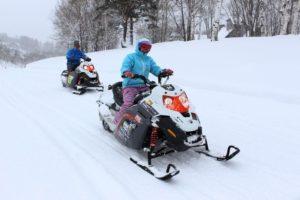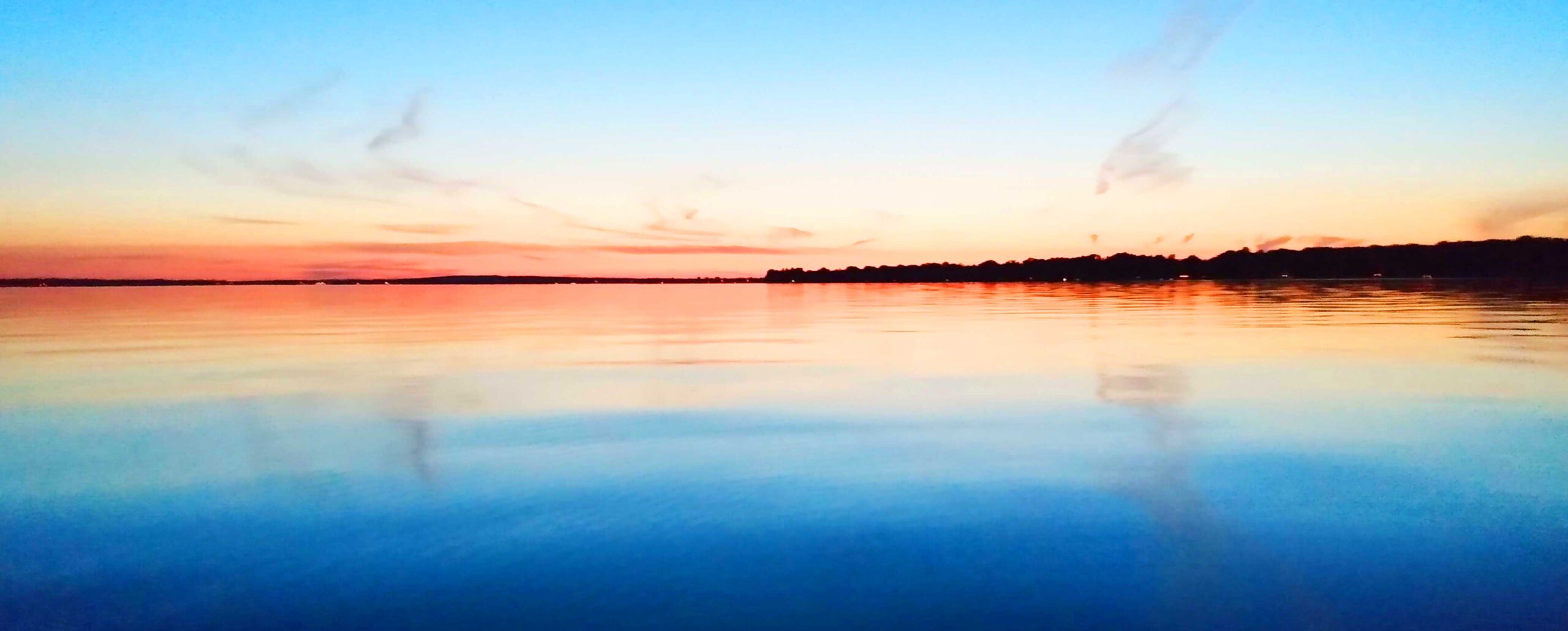 MUST KNOW TIPS ON SNOWMOBILE REGULATIONS
MUST KNOW TIPS ON SNOWMOBILE REGULATIONS
- A snowmobile may be operated on the right-of-way of a public highway (except a limited access highway i.e. expressway) if it is operated at the extreme right of the open portion of the right-of-way and with the flow of traffic on the highway. Snowmobiles operated on a road right-of-way must travel in single file and shall not be operated abreast except when overtaking or passing another snowmobile.
- A snowmobile may be operated on the roadway or shoulder when necessary to cross a bridge or culvert if the snowmobile is brought to a complete stop before entering onto the roadway or shoulder and the operator yields the right-of-way to an approaching vehicle on the highway.
- A snowmobile may be operated across a public highway, other than a limited access highway (i.e. expressway), at right angles to the highway for the purpose of getting from one area to another when the operation can be done in safety and another vehicle is not crossing the highway at the same time in the immediate area. An operator must bring his/her snowmobile to a complete stop before proceeding across the public highway and must yield the right-of-way to all oncoming traffic.
- Snowmobiles may be operated on a highway in a county road system, which is not normally snowplowed for vehicular traffic; and on the right-of-way or shoulder when no right-of way exists on a snowplowed highway in a county road system, outside the corporate limits of a city or village, which is designated and marked for snowmobile use by the county road commission having jurisdiction.
PROHIBITED OPERATION (A person SHALL NOT operate a snowmobile)
- While under the influence of alcohol, or a controlled substance or a combination of both.
- At a rate of speed greater than is reasonable for existing conditions.
- On the frozen surface of public water within 100 feet of a person, including a skater, not in or upon a snowmobile or within 100 feet of a fishing shanty or shelter except at a speed required to maintain the forward movement of the snowmobile or an area which has been cleared for ice skating, unless the area is necessary for gaining access to the public water.
- Within 100 feet of an occupied dwelling between 12:00 midnight and 6:00 a.m. at a speed greater than the minimum required to maintain forward movement of the snowmobile.
- In or upon the land of another without consent of the owner or his agent, when required by the recreational trespass.
- In an area open to public hunting during the firearm deer season from 7:00 a.m. to 11:00 a.m. and from 2:00 p.m. to 5:00 p.m.
- On or across a cemetery or burial ground, an airport, a public or private parking lot, within 100 feet of a slide, ski or skating area, a railroad or a railroad right-of-way.
- To chase, pursue, worry or kill any wild bird or animal.
REQUIRED EQUIPMENT
BRAKES: Each snowmobile must have a braking system capable of:
- Stopping the snowmobile in not more than 40 feet from the initial speed of 20 miles per hour while the snowmobile travels on packed snow carrying an operator who weighs 175 lbs. or more.
- Locking the snowmobile’s traction belt or belts.
NOISE: Each snowmobile manufactured after July 1, 1977, shall be equipped with a muffler that does not exceed 78 decibels of sound pressure at 50 feet as measured by the 1974 SAE J-192a.
HELMET: All persons operating or riding on a snowmobile must wear a Department of Transportation-approved crash helmet.
LIGHTING: All snowmobiles must display a lighted headlight and tail light at all times during operation.
Click here for a copy of the DNR Michigan Snowmobile Regulations: View Regulations


